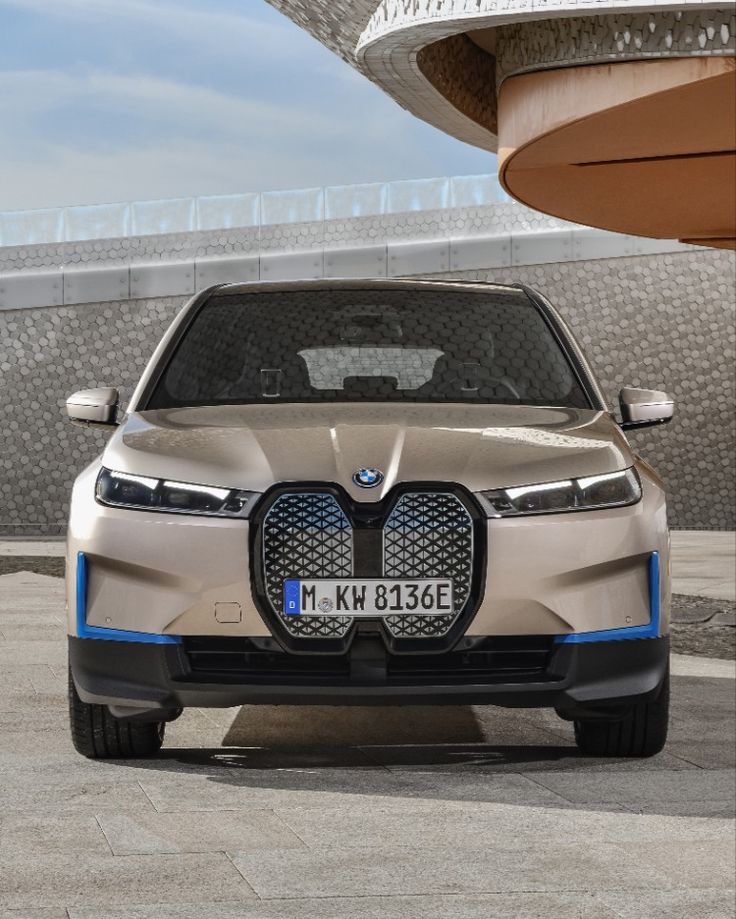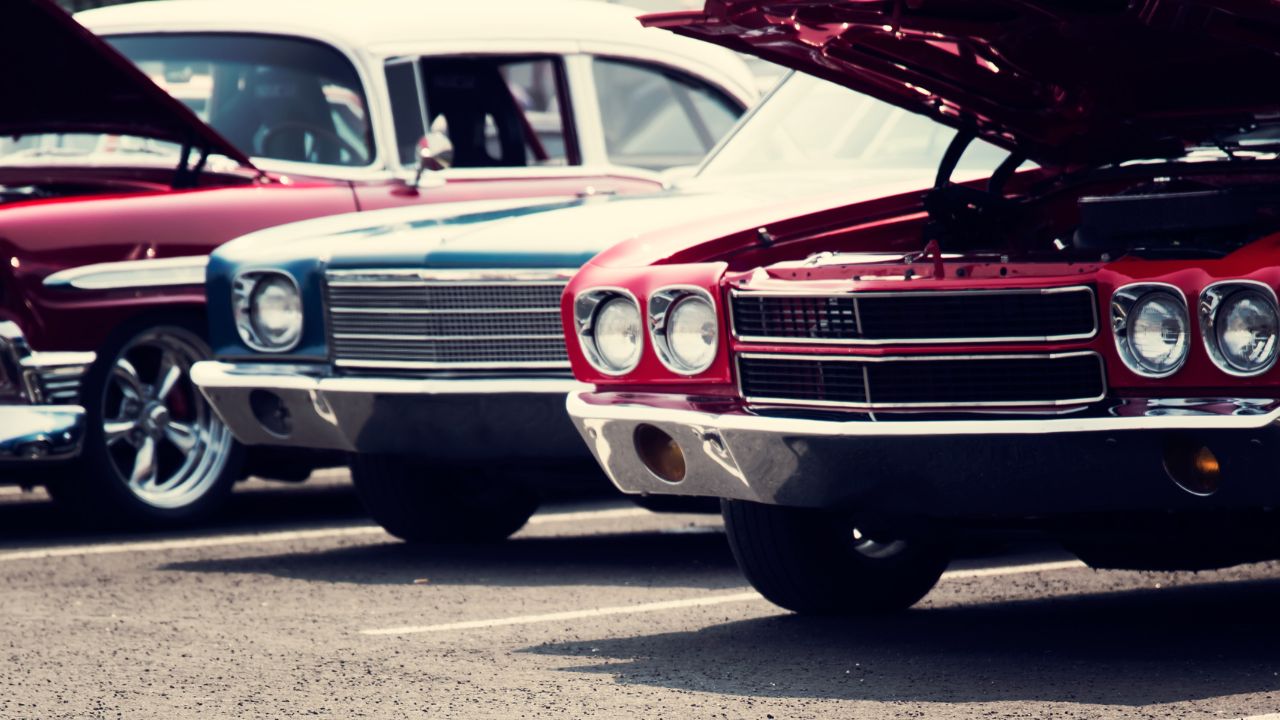
The beginning of the muscle car craze was fueled by the huge displacement engines from the Detroit OEM's (formerly known as The Big Three - GM, Ford, and Chrysler). The Japanese and German invasion of muscle cars began in the 1960s. Daimler, Volkswagen and Toyota were the car makers, while Nissan, Mazda and Mitsubishi were the Japanese carmakers. The first muscle car was born from this invasion.
1970 Chevrolet Chevelle SS 454 LS6
The LS6 engine in the 1970 Chevrolet Chevelle is one of the greatest examples of the modern muscle car. GM rated the LS6 at 450 horses, but real-world figures place the figure closer to 500. The LS6 engine has a huge torque curve that is unmatched by any other horsepower rating. It was admired by drivers throughout history. Big-inch motors produce a tremendous amount of torque that can shred tires. The Chevelle LS6 was a true beast on the track.
During the horsepower battles of the late 1960s to early 1970s the LS6 engine proved to be the key to defeating the competition. The secret weapon of the 1970 muscle car war was the Chevrolet Chevelle SS454 LS6 engine. Although the Ford 428 Cobra jet's engine was big, as was the Chrysler 440 wedge and Dodge 426 Hemi, the LS6 option was only offered for a single model, 1970. Buick also offered a 455-cubic-inch (7.46-L) engine in its 1970s.

1970 Plymouth Duster
The performance-oriented, compact 1970 Plymouth Duster was a muscle car that put bigger cars to shame. This compact car had a 340 cubic-inch V8 and a sporty hood that pushed the limits of performance. Although the Valiant was similar in appearance to its hood scoop, front end sheet metal and design, the Duster's cowl-back design stood out. Duster models began at $2,172 in 1970 and could be purchased as either a two-door coupe, or sedan.
The duster was the flagship of the Plymouth Valiant line. It was introduced for the 1970 model year and sold for seven years. The most powerful variant was the 340-cubic-inch V-8 with 275 horsepower. Two slant 6es and one 318-cubic in V-8 were budget-friendly options. In 1970, the Plymouth sporty car was the most loved brand. The duster's performance was loved by many buyers, despite its low price.
1970 Coronet Super Bee
The 1970 Coronet Super Bee, which is known for its stunning looks and unstoppable performance, is one of the most popular cars of all-time. In addition to the killer looks, this Dodge muscle car has an outstanding restoration that is spotless and detailed. Future Classics can help you realize your dream of owning one these iconic cars. The restoration process can be started by our team of experts.
This iconic muscle car was a member of the Scat Pack, which meant that it was a Dodge performance streetcar that competed with Plymouth. Its base price was decreased to $3074 and the nose design was completely revamped. The car's color choices, like Panther Pink and Red, were created to have maximum impact. This was a rare color and only a few cars were painted it. Despite this unique style, sales were down in 1970.

1970 Pontiac Trans Am SD-455
The legendary 1970 Pontiac Trans Am, one of the most iconic muscle cars ever made, is also the most desirable. The first car to boast such a high ratio of compression was the supercharged 4-cylinder engine with 290 horsepower (270 PS). The engine that was the basis for the SD-455 muscular car was created by Pontiac engineers during the summer of 1972. Despite the engine's high compression ratio it only produced 290 SAE of net horsepower.
A 16-yearold car enthusiast found a 36K-mile surviving vehicle in the spring 1977. This Trans Am was the first American car with a hood sticker and was subsequently driven by a long list of A-list celebrities. Burt Reynolds, who owned a Trans Am and drove the car on many of his movie sets, is perhaps most famous. It's easy to see why the car is known as the "Screaming Chicken".
FAQ
What length is an automotive mechanic apprenticeship?
An automotive mechanic apprenticeship takes around three years to complete. This includes two year at school as well as two years as an apprenticeship. The first year of training is spent in the trade. This includes theory and practical skills as well as safety procedures. You will also learn to use tools efficiently and safely during this period. After you have completed the first year of training, you will be able to spend an additional year on-the job learning different trades. You will have the opportunity for formal training during these years.
The final year is dedicated to earning certifications and qualifications in the field. These include NVQs (National Vocational Qualifications), which are awarded after passing exams covering specific topics within the industry. Additionally, HNCs are Higher National Certificates that cover general subjects such management, customer service, and business administration. City & Guilds certificates offer qualifications in certain trades.
What are the basics of car mechanics?
Auto mechanics don't require any knowledge. It's enough to know how to fix things. That's why most people start doing jobs like fitting brake pads or changing tires before progressing to more complex repairs.
You need to be able read and comprehend diagrams, follow written instructions and adhere to basic principles of good practice. Also, you will need to know how to tell if parts require replacing or repair.
It is important to remember that proper training and guidance are essential for anyone who attempts to repair vehicles. This is especially true when you are dealing with costly components like engines and transmissions.
Even though you don't need to be an expert on cars, it is important to understand the fundamentals of mechanical engineering and physical physics. This is how you understand the mechanisms behind engines and brakes.
It is important to realize that you must be ready for all types of situations. For example, you may find yourself working on a vehicle that has been involved in a serious accident. Additionally, you will need to have experience with handling accidents and breakdowns.
You must also be willing to learn quickly. In order to be able diagnose and fix problems, you will also need to know how to do simple maintenance tasks such tightening bolts.
Is it worth becoming a mechanic?
The answer to that question depends on what your life purpose is. If you're looking for money, then it's true. But, if there are meaning and purpose in your life, then it's not.
If you don’t have any mechanical skills, it’s pointless to get into it. It will just waste your time. It will not make you rich. You won't become famous. It's unlikely that it will change your life.
It would take you years to learn how to do everything correctly. This would mean that you would have to pay someone else for your car's repair. Most people avoid doing this. They find something better.
You can make a lot of money if you are looking to do well. If you are looking for a fulfilling life, however, then stay clear of the mechanics' industry.
Statistics
- According to the BLS, total auto technician employment is expected to exceed 705,000 by 2030. (uti.edu)
- The U.S. Bureau of Labor Statistics (BLS) reports that the job outlook for automotive service technicians and mechanics is expected to decline by 4% from 2019 to 2029. (indeed.com)
- 52% of Mechanics in the United States think their salaries are enough for the cost of living in their area. (indeed.com)
External Links
How To
How to protect yourself against auto mechanic frauds
Auto mechanics scamming is a major problem for consumers. Consumers spend an average of $1,500 annually on repairs to their cars. This means there are many people who will take advantage of this situation. However, if you know what to look for, you can avoid becoming a victim. These tips can help you identify scammers and stop them from stealing your money.
-
Never pay upfront. It's a scam to ask for payment upfront. When work is complete, always request payment. If you have any doubts about whether something is legit, contact the Better Business Bureau (BBB), at 1-888-322-8138. They can provide guidance and assistance.
-
Ask for references. Ask for references to help you make sure that you're dealing only with reputable service providers. Online reviews are also a great way to verify the service provider's reputation. Be sure to check online reviews about any business that you deal with.
-
Conduct background checks. A background check is an essential part of hiring someone. You can check the BBB website for complaints about the business. Also ensure that the vehicle's licence number is owned by the person who runs the business.
-
Don't be afraid to walk away. Sometimes, even if the business appears legit, they will try to con you into paying too high. If you feel that you have been exploited, don't be afraid to walk away. There are plenty more businesses to choose from.
-
Be wary of "free" services. Many companies offer free estimates or inspections. These companies are known for charging exorbitant prices later. Before you agree to anything, make sure you ask about any additional fees.
-
Avoid being pressured. When a company offers you a great deal, it's because they think they can get away with charging you less than you deserve. You should not be forced to buy anything if you find yourself in this situation.
-
High-quality products are what you want. You want to make sure that the repair shop uses high-quality parts. For instance, if you require new brake pads you should not go to a place that uses low-quality pads. Instead, you should go to a shop that specializes in brakes.
-
Get multiple quotes. It is important to compare prices from different shops. If you do this, you will have a greater chance of getting a fair deal.
-
Keep track of everything. Keep records of everything that happens during your repair. This includes things such as receipts, invoices, and warranties. You should also write down any phone numbers or addresses that you receive.
-
Stay informed